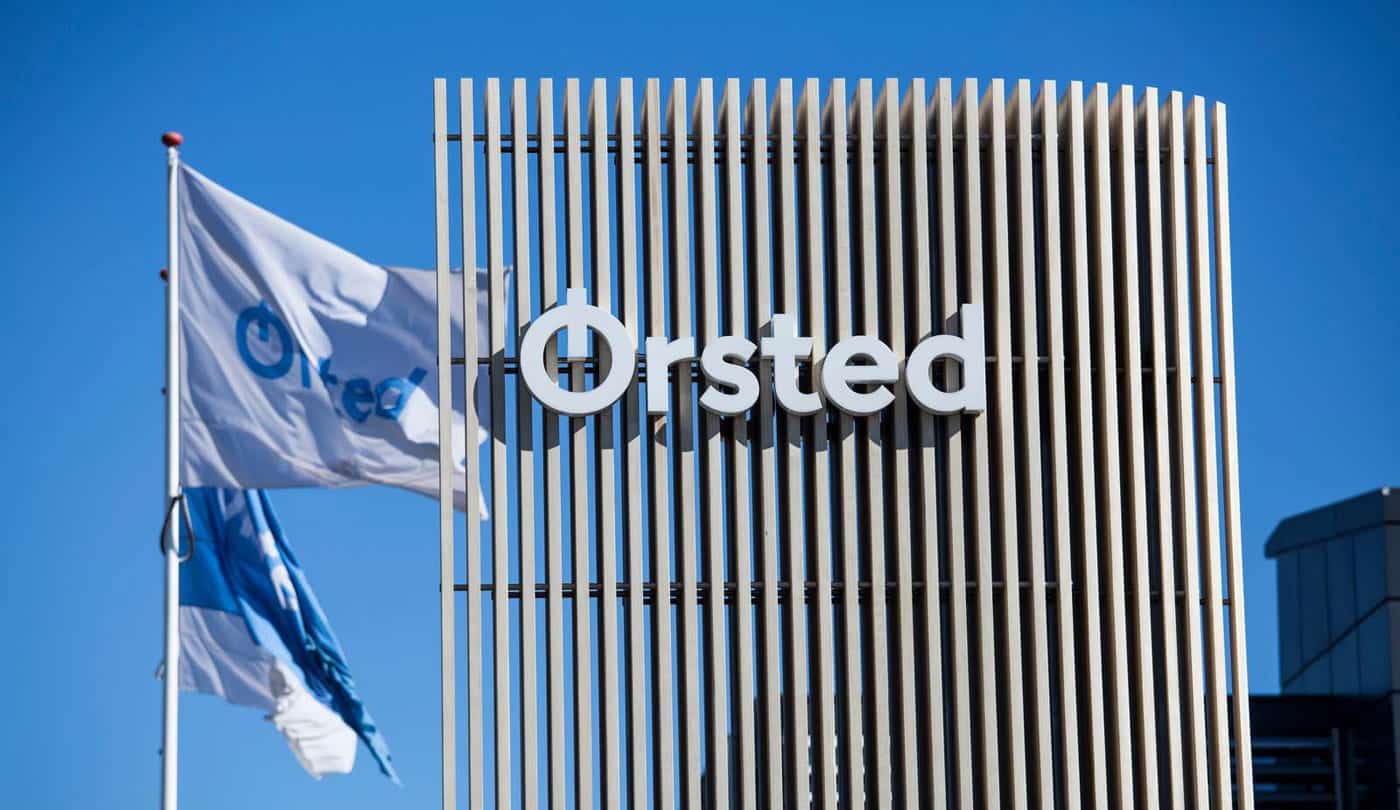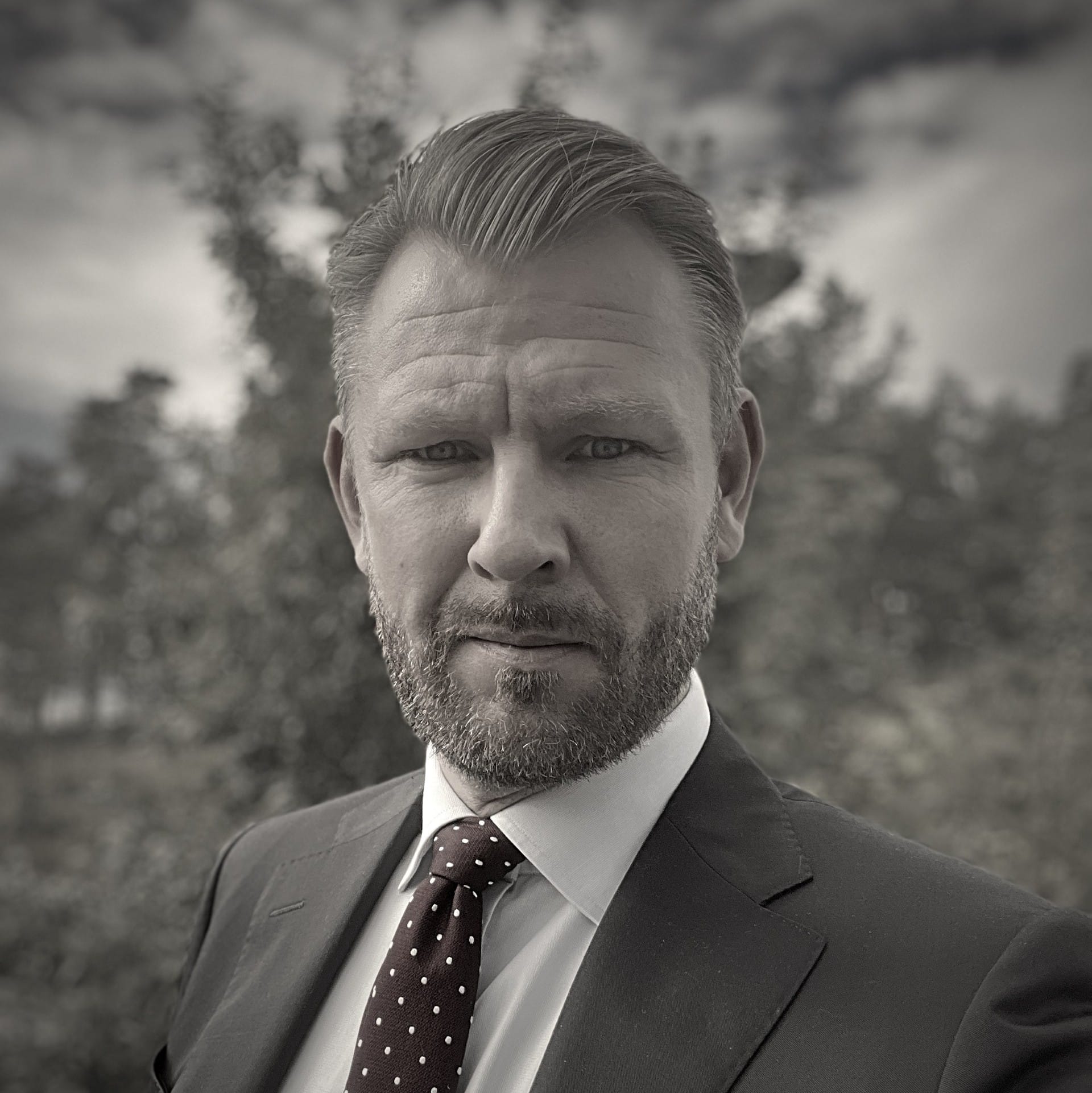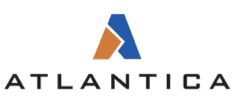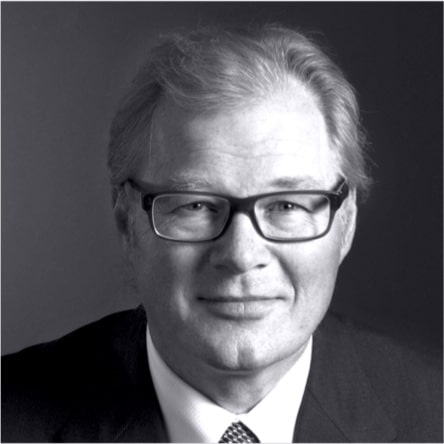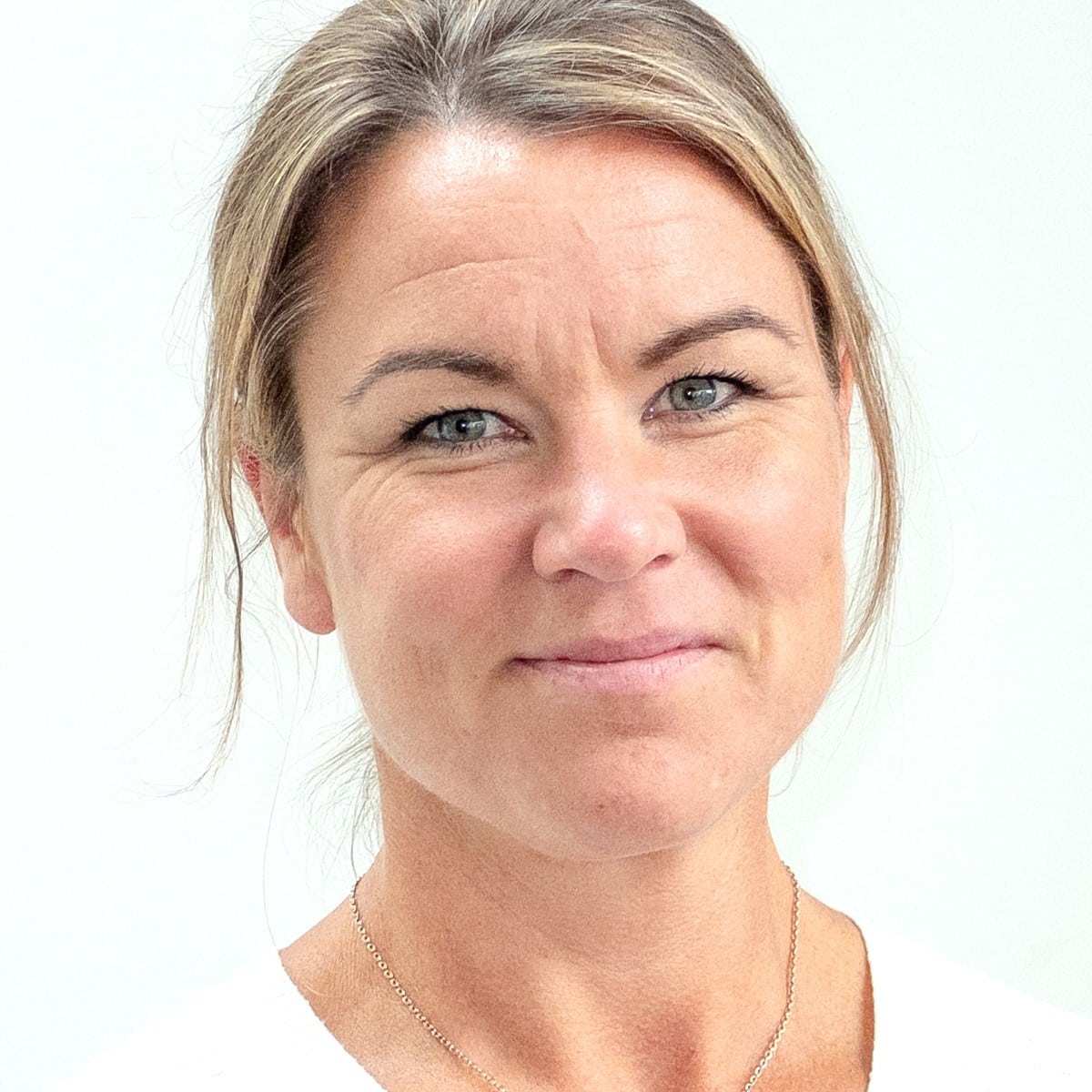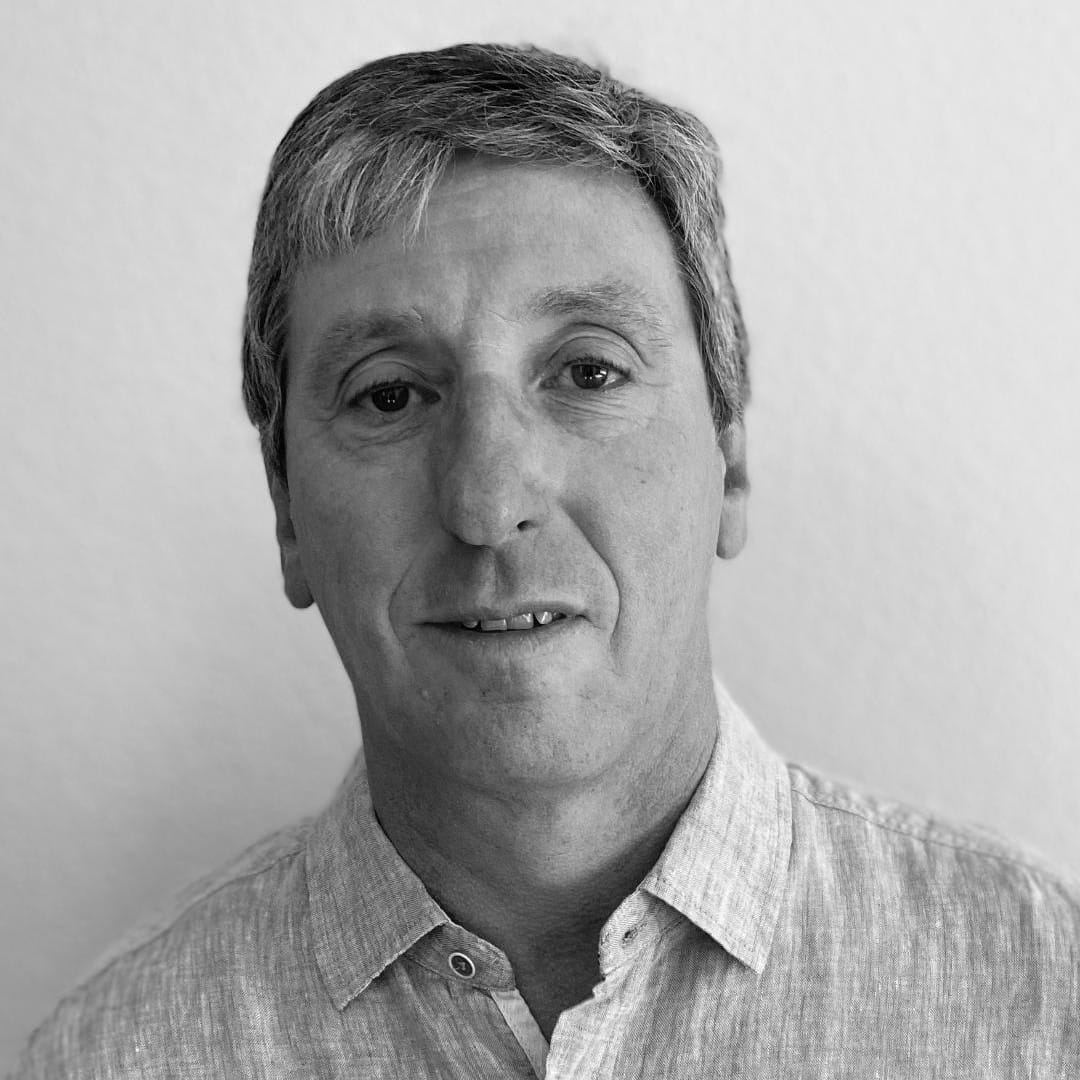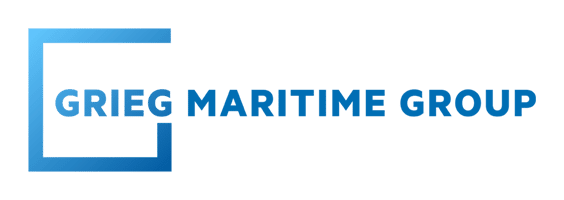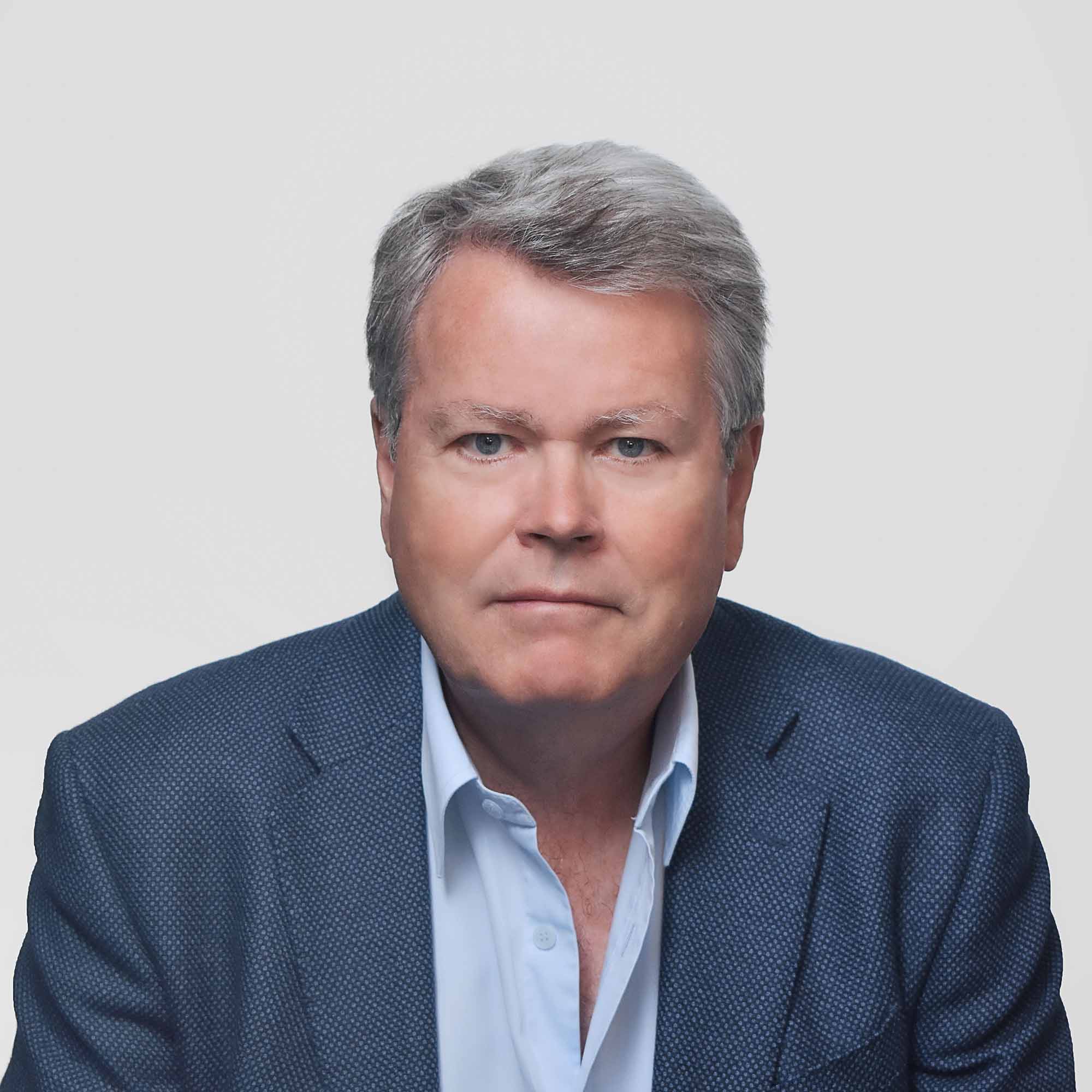In the United States, offshore wind is in its infancy, with the inaugural large-scale project, 'Vineyard Wind 1’, now under installation. This fledgling US offshore wind market is prone to interruptions in governmental approvals, contract negotiations, construction, and cost overruns, which are all part of the learning curve. Even Ørsted, a major offshore wind developer, is feeling the strain as the cost of offshore wind development continues to rise. However, it's crucial to recognize that this issue isn't unique to the US alone. The primary challenge lies not in the supply chain constraints of an emerging market but rather in political factors at higher levels.
Looking back, it’s evident that venturing into an immature offshore wind market presents its set of challenges, and developers are well aware of this when they decide to pioneer. For Ørsted, its US offshore wind portfolio has indeed posed challenges. The situation has reached a point where the company has contemplated the possibility of withdrawing from the US market, although the likelihood of this occurring is relatively low. Ørsted’s US portfolio is substantial, making such a move difficult. Instead, Ørsted is advocating for increased government support, stating, ‘Without additional support, the offshore wind sector cannot progress.’ At this stage, these projects face supplier delays, rising cost inflation, and higher interest rates. Still, government intervention through tax breaks is the solution Ørsted is striving to achieve in the US.
Should Ørsted choose to exit the US market, it could have severe repercussions for the supply chain. Numerous suppliers have committed to Ørsted’s US projects, with many making specialized investments. The German foundation manufacturer EEW has invested $250 million in the US offshore wind supply chain as the company is in the process of establishing a manufacturing facility at the Paulsboro Marine Terminal, New Jersey. Considering that the company has contracts for several projects in the US, it will still have a significant impact for the company if it was to lose the Ocean Wind 1 contract for 90 monopiles.
However, to understand the US situation fully, it’s essential to consider what’s transpiring in other parts of the world. Furthermore, it’s worth noting that Ørsted’s concerns extend beyond the US. They have expressed dissatisfaction with the high costs of developing projects in the UK, particularly with regard to their Hornsea 3 project. In the UK, developers have lobbied for government support in the form of tax breaks due to escalating offshore wind development expenses. Earlier this year, Ørsted even cautioned that their UK project, Hornsea 3, might face suspension without increased government backing. However, compromises was not forthcoming for Hornsea 3 and Ørsted took the FID at strike price of GBP 37.35 per MWh and moved on. Ørsted is not alone in facing such challenges; Vattenfall, for example, had to halt work on Norfolk Boreas for similar reasons.
The UK’s recent Contracts for Difference (CfD) AR5 bid round failed to attract any bids in the latest offshore wind auction, primarily because the strike price cap was too low for developers to justify economically viable projects. This development is cause for concern within the industry and underscores the fact that developers will withdraw from projects when terms are unfavorable. It serves as a clear signal to governments to enhance their support for offshore wind, as the absence of bids in the UK represents a missed opportunity and a delay in achieving overall targets. Strikingly, the situation in the US bears resemblance to the challenges faced in the UK.
In the US, several of Ørsted’s projects within its US portfolio are encountering various challenges. Ørsted has at least 11 projects at different stages of development in its pipeline. Supply chain issues and a lack of government support have raised concerns about potential setbacks for the following US projects:
| Wind Farms | Status | COD | Effected by US Interest Rates | Effected by Supplier Delays |
| Block Island Wind Farm | Operational | 2016-12-01 | √ | × |
| South Fork | Installation Underway | 2023-12-31 | √ | × |
| Revolution Wind | Contracted | 2025-08-31 | √ | √ |
| Sunrise Wind | Contracted | 2025-12-31 | √ | √ |
| Ocean Wind 1 | Contracted | 2026-12-31 | √ | √ |
The offshore wind industry in the United States is navigating significant challenges, including rising costs, supply chain limitations, and the crucial need for government support. These issues, while exemplified by Ørsted’s experiences, are not confined to any single region but are relevant to the broader offshore wind sector. Overcoming these obstacles requires collaborative efforts to ensure the continued growth and sustainability of offshore wind energy.
Image Credit: Ørsted
